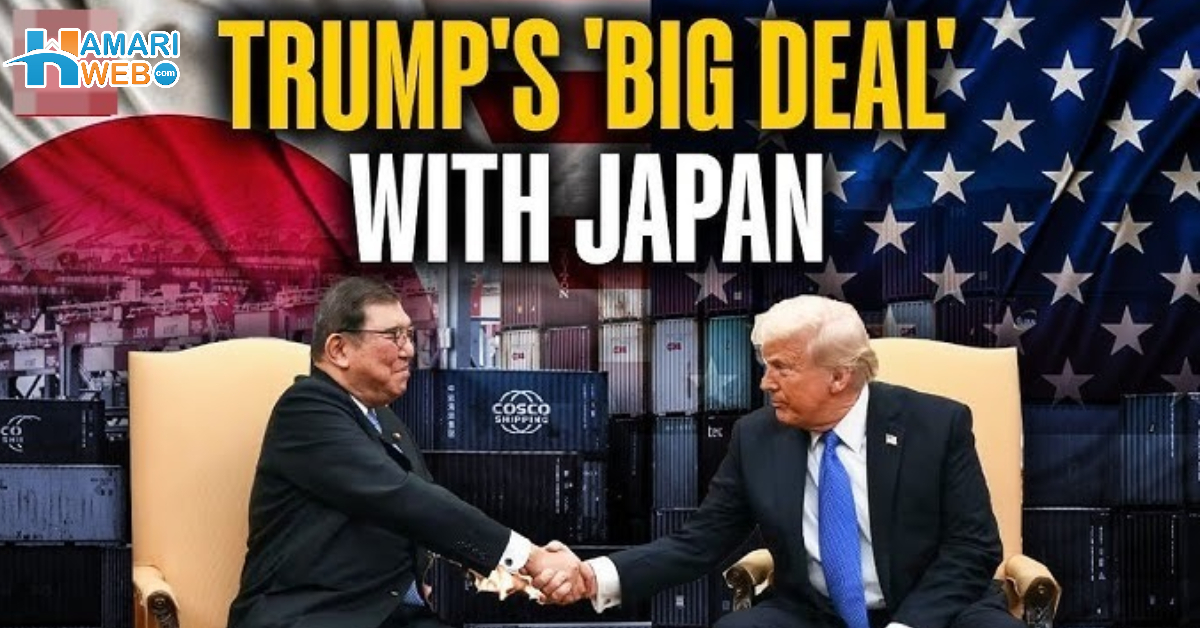The United States and Japan finalized a new trade agreement that includes a 15% reciprocal tariff and a $550 billion Japanese investment package into U.S. ventures.
The deal cancels the planned 25–27.5% tariffs on Japanese imports, including cars, set for August 1, 2025. Instead, both countries agreed to a flat 15% tariff across key sectors.
- Tariff Structure:
A uniform 15% tariff will apply to Japanese imports into the United States, including cars and industrial goods. - Investment Plan:
Japan will invest $550 billion in U.S. sectors including energy, semiconductors, pharmaceuticals, and infrastructure. 90% of profits from these ventures will remain within the U.S. - Market Reaction:
After the announcement, the Nikkei jumped by 4 percent in Japan. Honda increased by 11 percent, Toyota by 14 percent. Oil markets on their part stabilized after three days of losses. - Agricultural Trade:
Japan committed to raising the level of imports of U.S agricultural products within its existing quota-minimum access and upholding the protection of the local farming industries. - Strategic Sectors:
The agreement includes investing in LNG projects in Alaska, AI development, and the transfer of technologies, which coincides with the objectives of the U.S. trade policy by 2025.
This deal is the result of the months of negotiation under the Trump administration. President Trump has announced the deal at a press briefing held on July 22, stating that it was an element of his mutually beneficial trade plan.
In Japan, the agreement was confirmed by its Prime Minister Shigeru Ishiba, though political observers have reported field forces inside Japan and the possibility of a leadership cooperation because of the coalition tension.

